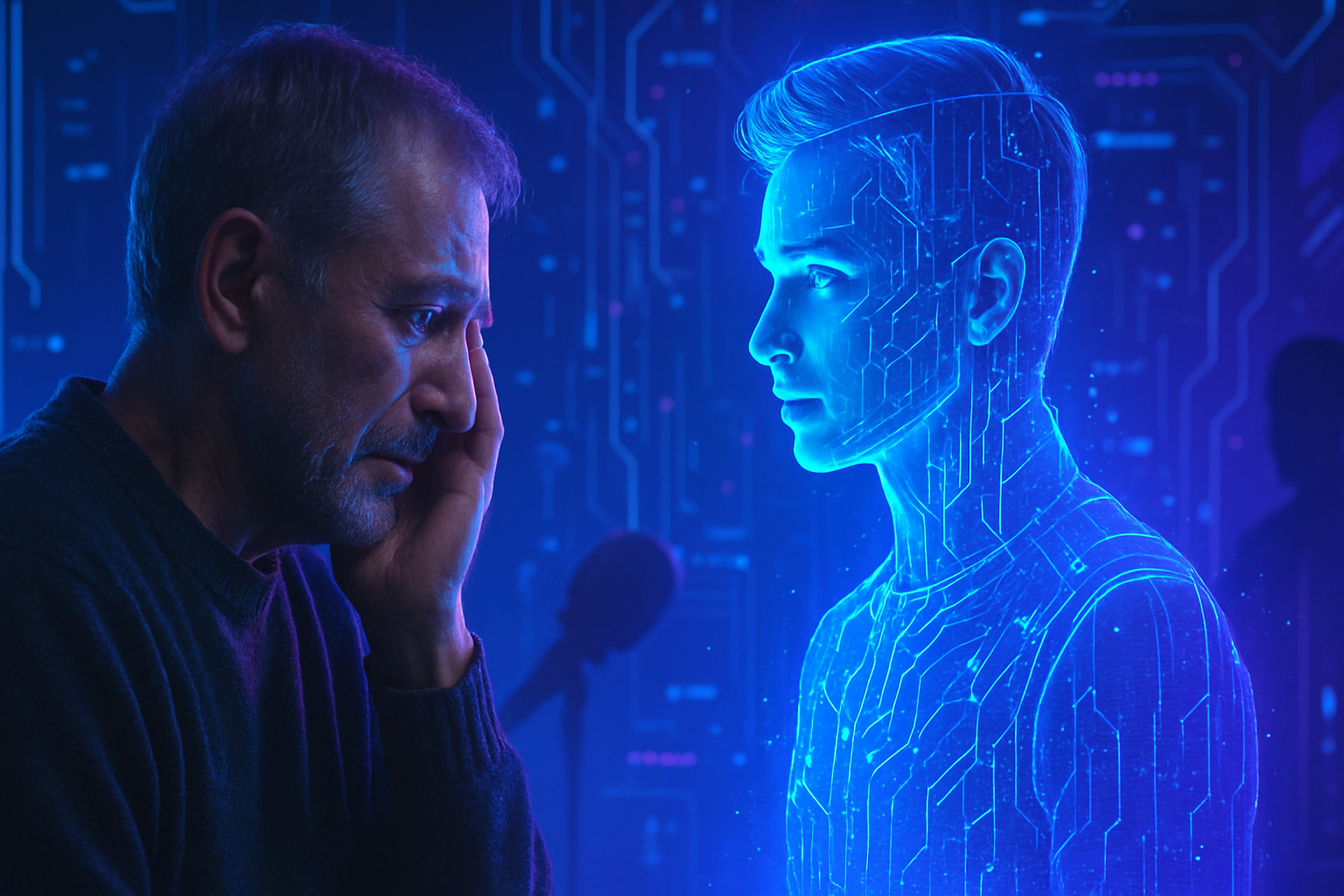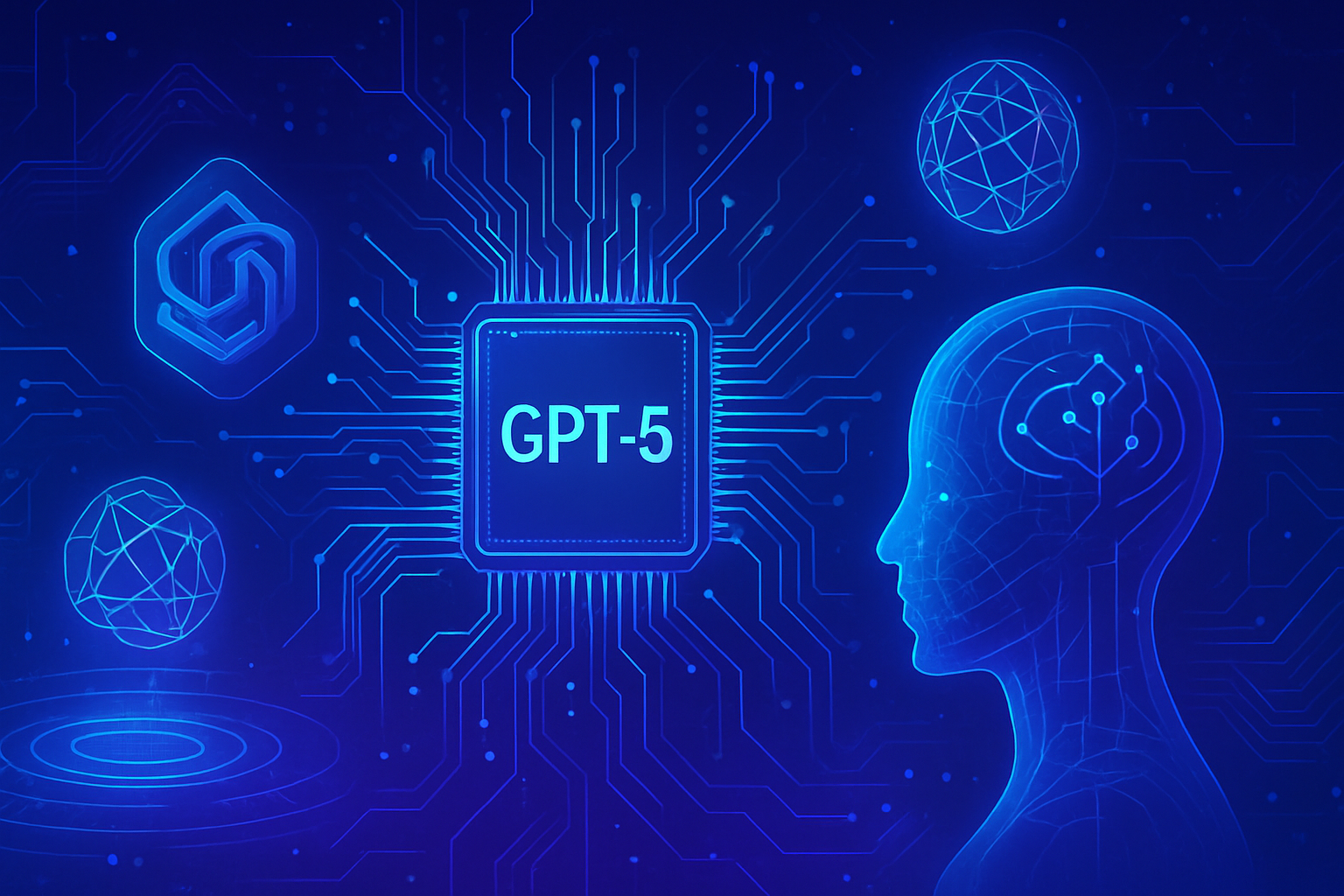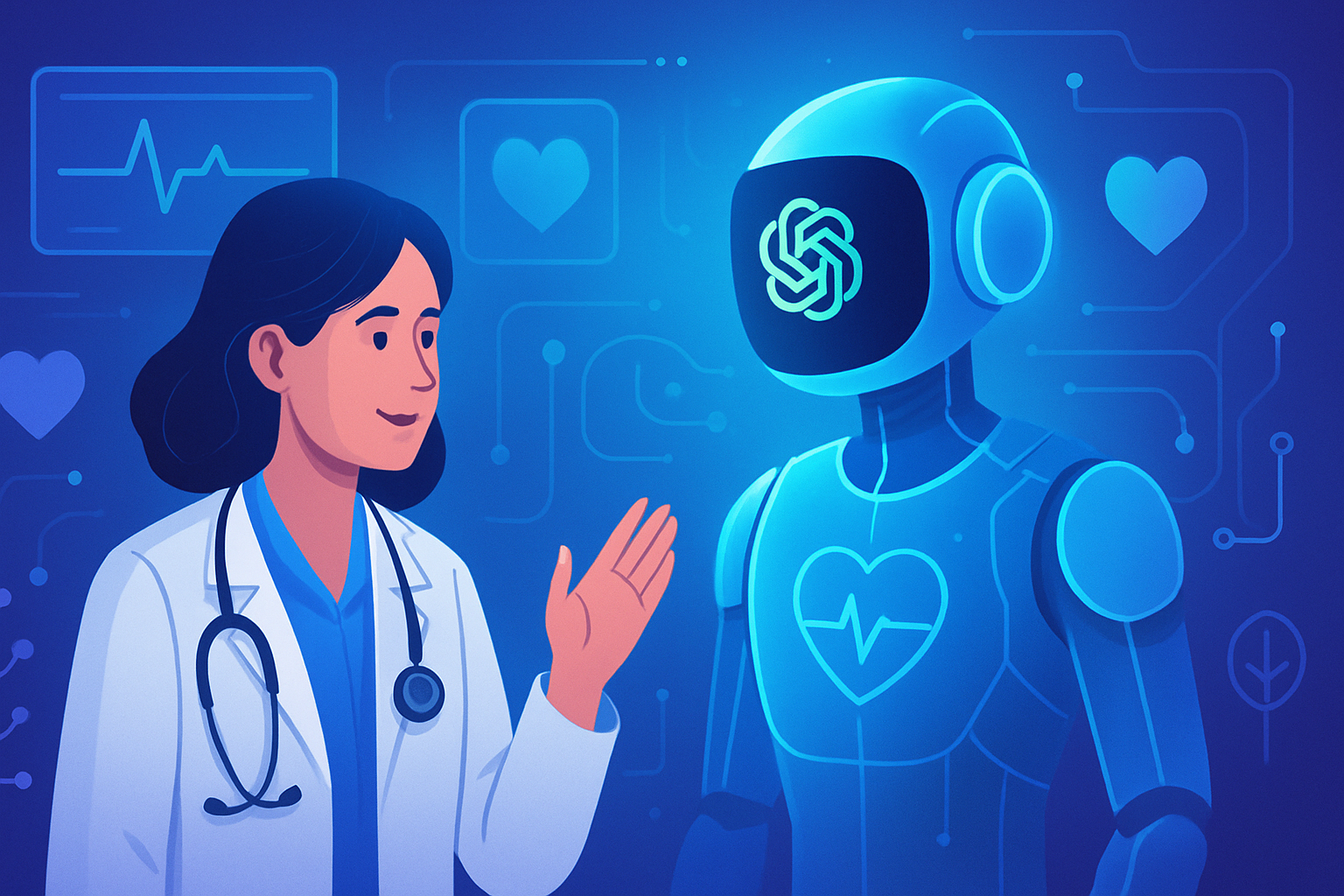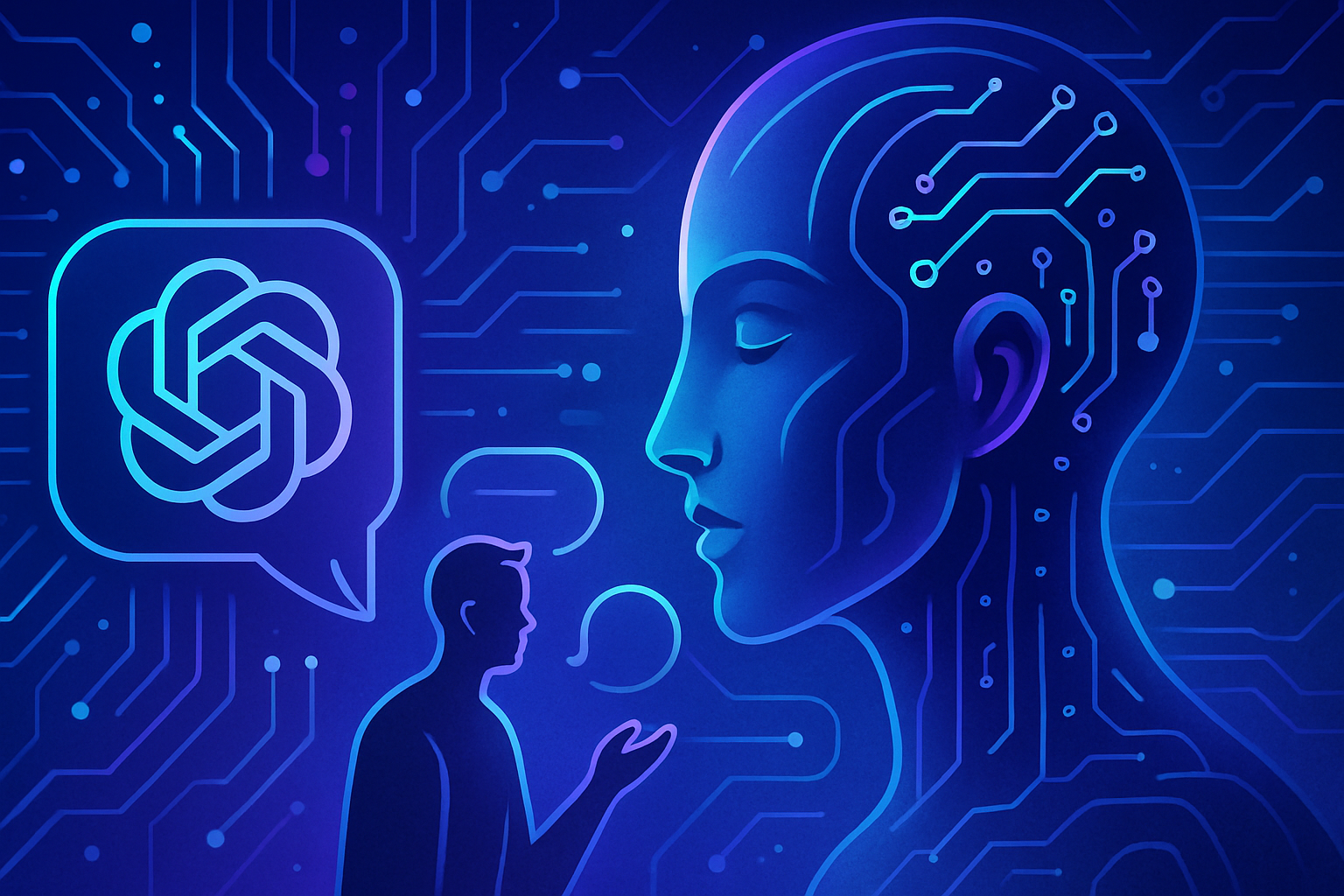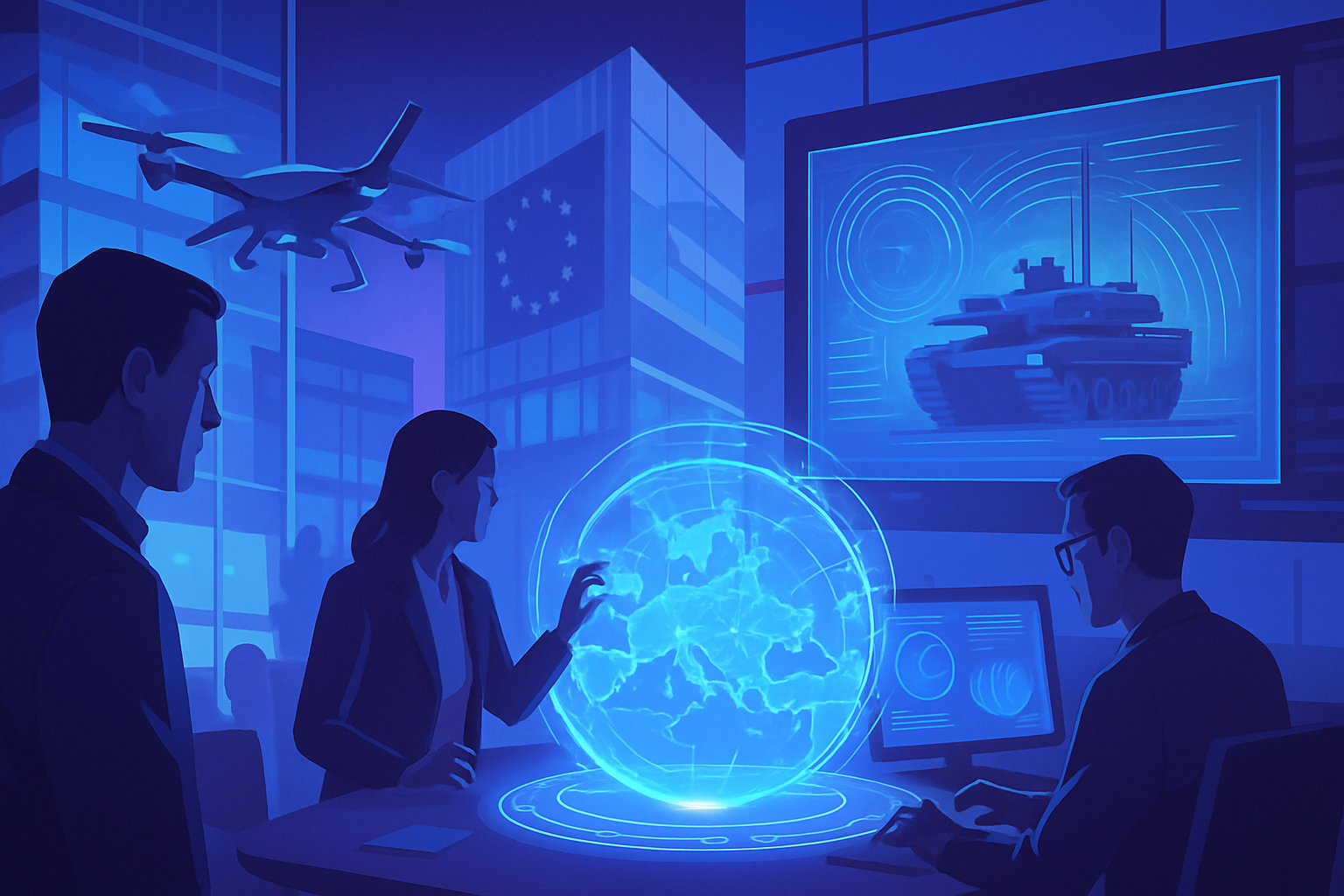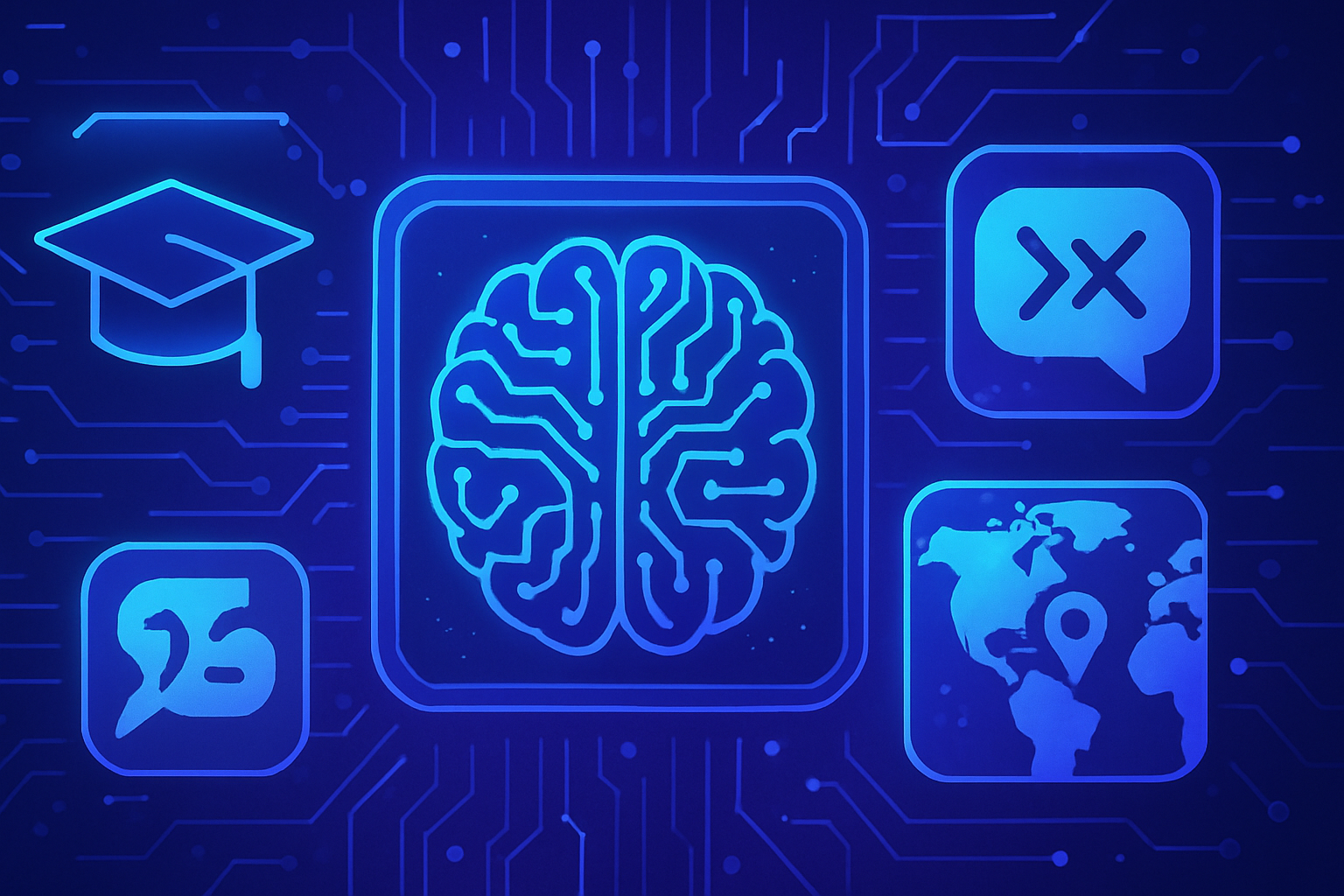An unprecedented alliance between design and artificial intelligence is taking shape. iPhone design expert Sir Jony Ive teams up with visionary OpenAI leader Sam Altman to transform our daily lives with revolutionary devices. This initiative promises unprecedented innovation in the technological field. Their ambitions? To create technologies that transcend current devices. A radical change is looming, combining aesthetics and functionality.
A strategic alliance between two technology giants
The legendary iPhone designer Sir Jony Ive recently announced a remarkable collaboration with OpenAI, a major player in the field of artificial intelligence. Ive has sold his hardware startup, io, to OpenAI for an estimated amount of 6.4 billion dollars. This transfer raises considerable expectations and marks an evolution in the technological landscape.
The ambitions of Jony Ive and OpenAI
Jony Ive, known for his contributions to the design of the iPhone and other iconic products like the iPod and iPad, has always directed his creativity towards innovation. Within OpenAI, Ive now assumes the role of creative and design director, aiming to redefine the user relationship with technology and push the boundaries of AI.
Prototyping and developing new devices
A prototype of an innovative device designed by Ive is already in circulation. OpenAI’s CEO, Sam Altman, is among the first users. The anticipated product is described as a subtle innovation, aimed at interacting with users daily without intruding on their personal space.
A user-centered approach
The design of the device is of paramount importance. Altman envisions producing 100 million of these AI companions, seamlessly integrated into consumers’ lives. This new device would be an essential complement to a laptop and a smartphone, but it is neither a phone nor a pair of glasses.
Challenges to overcome in the face of fierce competition
Despite the hopes placed in this collaboration, the challenge remains significant. As highlighted by Martha Bennett, an analyst at Forrester Research, providing an exceptional user experience will be necessary to convince consumers to abandon their traditional devices. Previous failures of other devices, such as Humane’s AI pin, underscore the obstacles to overcome.
Vision for the future
The direction taken by OpenAI and Ive aims to establish a revolutionary platform. Technology analyst Benedict Evans emphasizes that the combination of AI and hardware could propel OpenAI towards the status of a major tech company, similar to Apple or Google. The pursuit of a revolutionary product conveys a remarkable ambition and will require constant efforts to stand out in a saturated market.
Industry perspectives and potential impact
The fusion of Ive’s creativity with OpenAI’s expertise could fuel varied domains, ranging from everyday applications to productivity tools. Smart applications could transform the technological landscape, following recent successful initiatives in the sector, such as the rise of influential AI in financial service platforms.
A willingness to amaze
The ambitions of Ive and Altman do not stop at a simple reinvention. They aim to create devices that defy expectations, enhancing human interactions with technology. This common vision is manifested in their first prototype, generating anticipation regarding both its form and functionality.
The future of AI and design
The collaboration between Jony Ive and OpenAI could herald an era where design and artificial intelligence intertwine to offer unprecedented solutions. This synergy promises to redefine technological devices and how users engage with AI systems.
Another interesting trend to watch is the current evolution of AI models, discussed in recent articles on the subject. New technologies, such as those offered by DeepSeek and others, continue to significantly transform the financial and creative landscape. The direction this collaboration takes could become a model for future innovations in the industry.
Frequently asked questions about the AI-powered device revolution
What is the main objective of the collaboration between Jony Ive and OpenAI?
The collaboration aims to merge Jony Ive’s hardware design expertise with OpenAI’s development of AI solutions, thus creating innovative devices that could transform human interaction with technology.
What types of devices could result from this collaboration?
The envisioned devices will neither be phones nor glasses, but intelligent companions that will integrate into the daily lives of users, offering a seamless and intuitive experience.
How does Jony Ive envision the user experience for these new products?
Ive strives to create products that are primarily discreet and capable of adapting to users’ environments, making interaction with technology as natural and seamless as possible.
What challenges will Jony Ive and OpenAI have to overcome in this project?
They will need to surpass Apple’s legacy and convince users to set aside screen-based devices by presenting added value that truly transforms the user experience.
What are the stakes for OpenAI in creating these new products?
OpenAI seeks to diversify beyond software AI by integrating hardware to position itself as a major technology platform, similar to Apple or Google.
Why is the design of an AI product seen as a major challenge?
The current market has seen failures of AI products, such as Humane’s ‘pin’, which means Jony Ive and Sam Altman must innovate significantly to stand out and ensure commercial success.
What is the prototype that OpenAI is currently working on?
The prototype, being developed by Jony Ive’s team, is designed to be an AI companion that could integrate users’ daily information while remaining discreet and integrated into their environment.
How could this technological innovation change our daily lives?
It could provide an AI assistant capable of anticipating needs and enriching daily interactions, transforming the way we use our digital devices.

